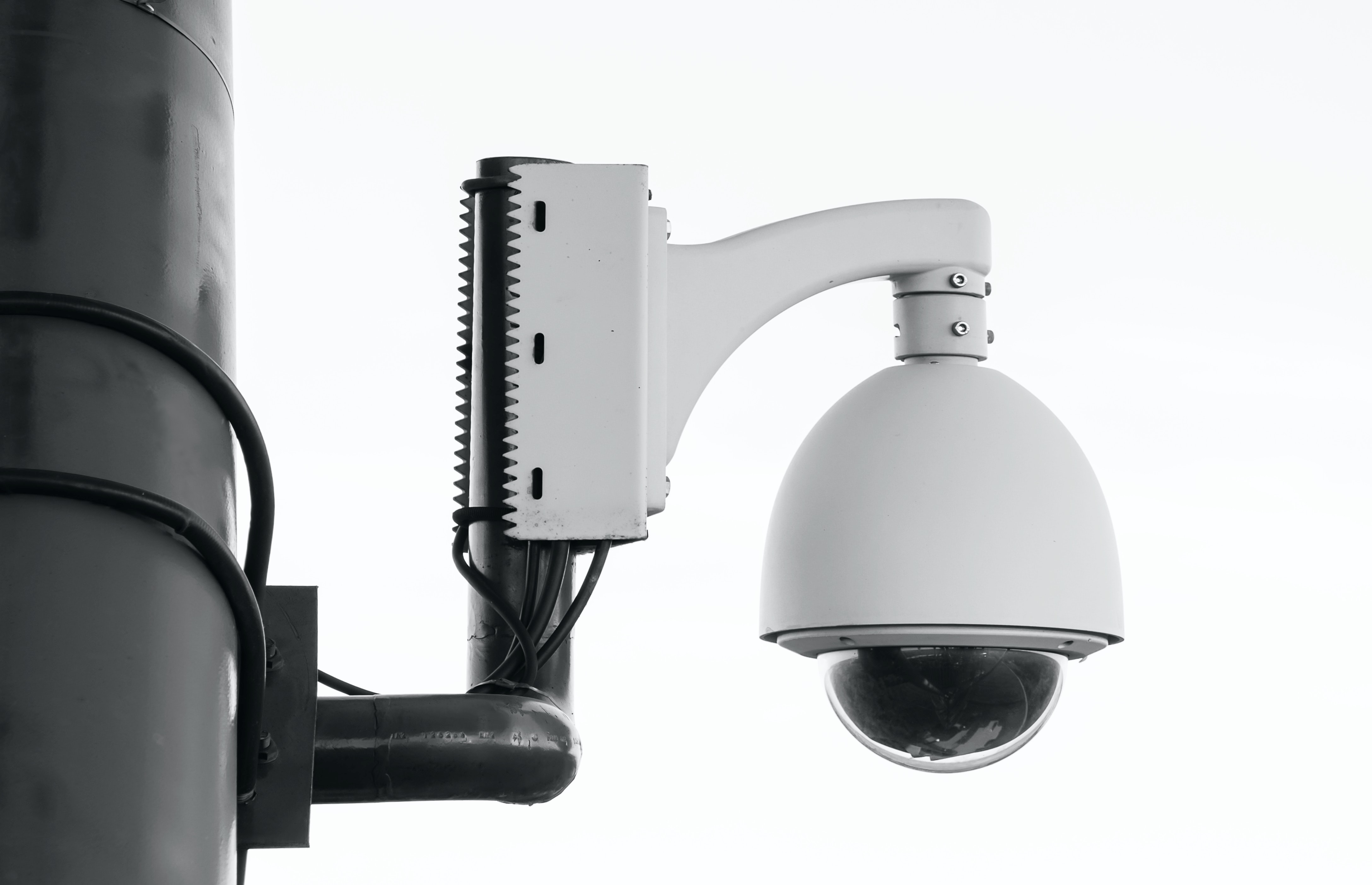Chargebacks can be the proverbial thorn in the side of every business. Originally created in order to protect consumers, unfortunately, it has become an easy way for some to commit fraud. Inevitably, this has deeply hurt businesses as they spend an inordinate amount of time, money, and energy fighting this never-ending battle.
When merchants have many chargebacks (exceeding a rate of 1%), this could bring many unfavorable consequences. If they happen to have a long track record of chargebacks, the business can be eventually categorized as a high risk merchant, which also means higher processing fees. Other negative repercussions include your merchant account being frozen or even shut down. It also means having to pay chargeback fees that can easily range between $15 to $25 per incident.
Although it is impossible to be 100% chargeback free, there are some things you can do to reduce their occurrence. Here are some tips you can implement in your business today to help mitigate chargebacks:
How To Avoid Chargebacks
The unfortunate truth is that there is a chargeback resolution process that does not work in favor of the merchant. It entirely favors the customer. That being said, it is best to implement preventative measures to avoid this situation in the first place. Here are some tips you can implement in your business today to help mitigate chargebacks:
- Talk to your customers: In order to avoid any misunderstandings, retailers should post their refunding policies in clear and simple language both in their store and on their website. Before the final sale, they can also clearly explain this information to customers verbally. Online retailers should post their policies on their website, but also, make it easy for customers to find. The idea is to spell out refund policies clearly before the customer proceeds with the purchase.
- Clearly explain your product or service: Make sure you give perfectly clear descriptions of each product or service so that the responsibility will fall entirely on the consumer. This is especially critical for online merchants since the customer will not be able to see the item in person beforehand.
- Deliver outstanding customer service: Make it your top priority to deliver excellent customer service from beginning to end. Prominently display your contact phone number and email and have someone available to answer these messages and answer all questions in a prompt manner. Don’t let customer service fall by the wayside.
- Verify the expiration date of all credit and debit cards: Although most credit card terminals are able to identify any expired cards, it is still best if you manually check it for an expiration date. It is critical that employees are trained to do this as well.
- Save your receipts: According to the statute of limitations for initiating chargebacks, it can take place anywhere from 180 days to three years after the transaction has taken place. It’s best to keep all these receipts organized for easy access, should this information be requested.
The Key Is To Act Quickly
As mentioned, chargebacks are unfortunately, one of the many risks of running a business. If you are responding to a chargeback, you need to act quickly. As you delay, you stand to lose more of your bottom line. It is best to reach out to a customer and see if a good resolution can be reached before they move forward with a chargeback. Who knows? You just might earn a customer for life.


